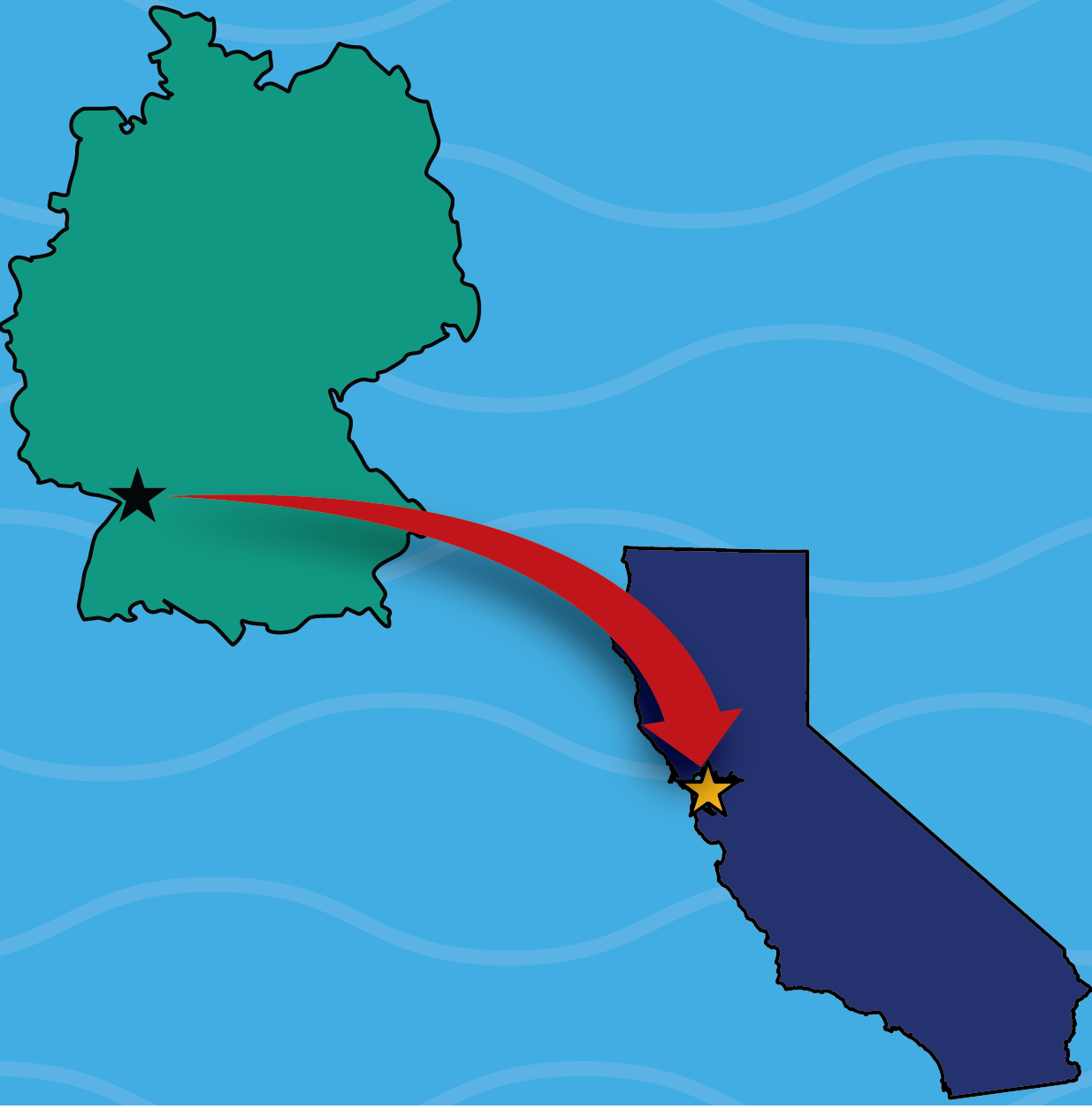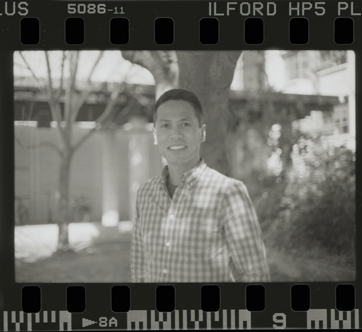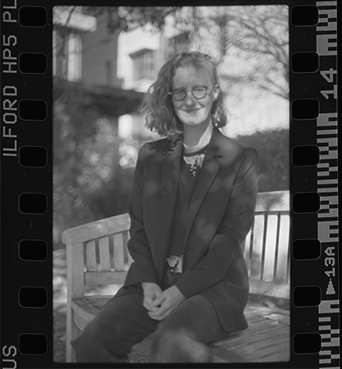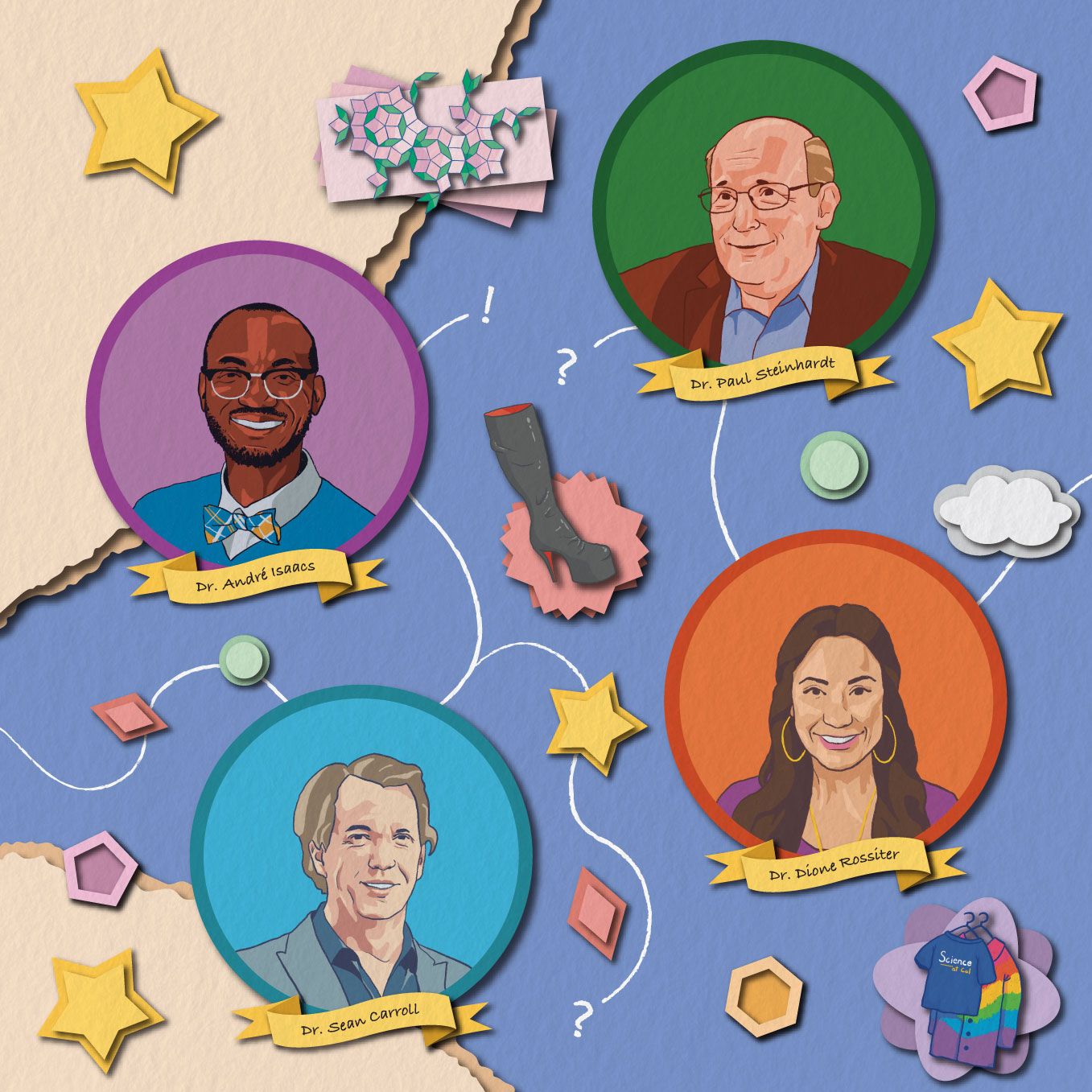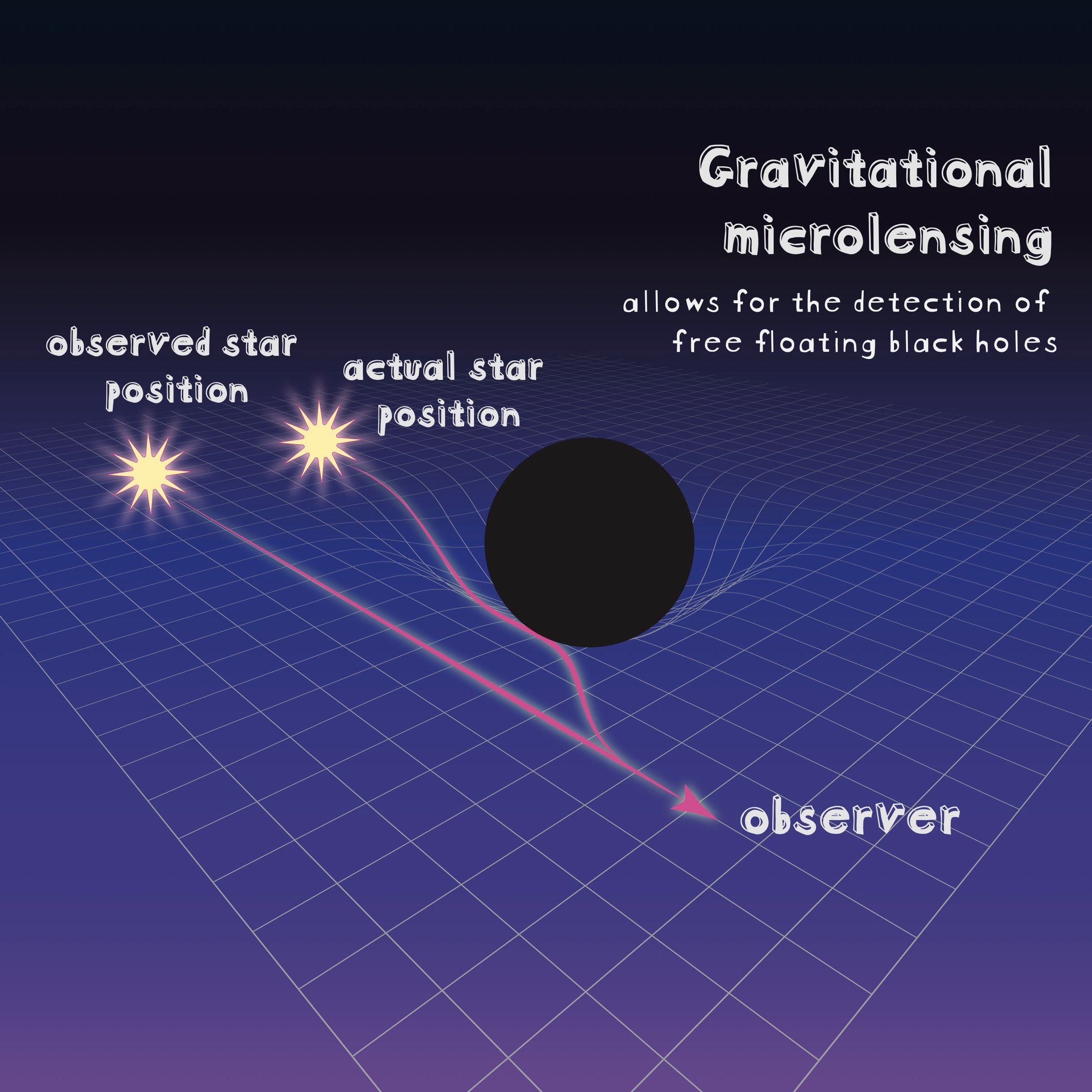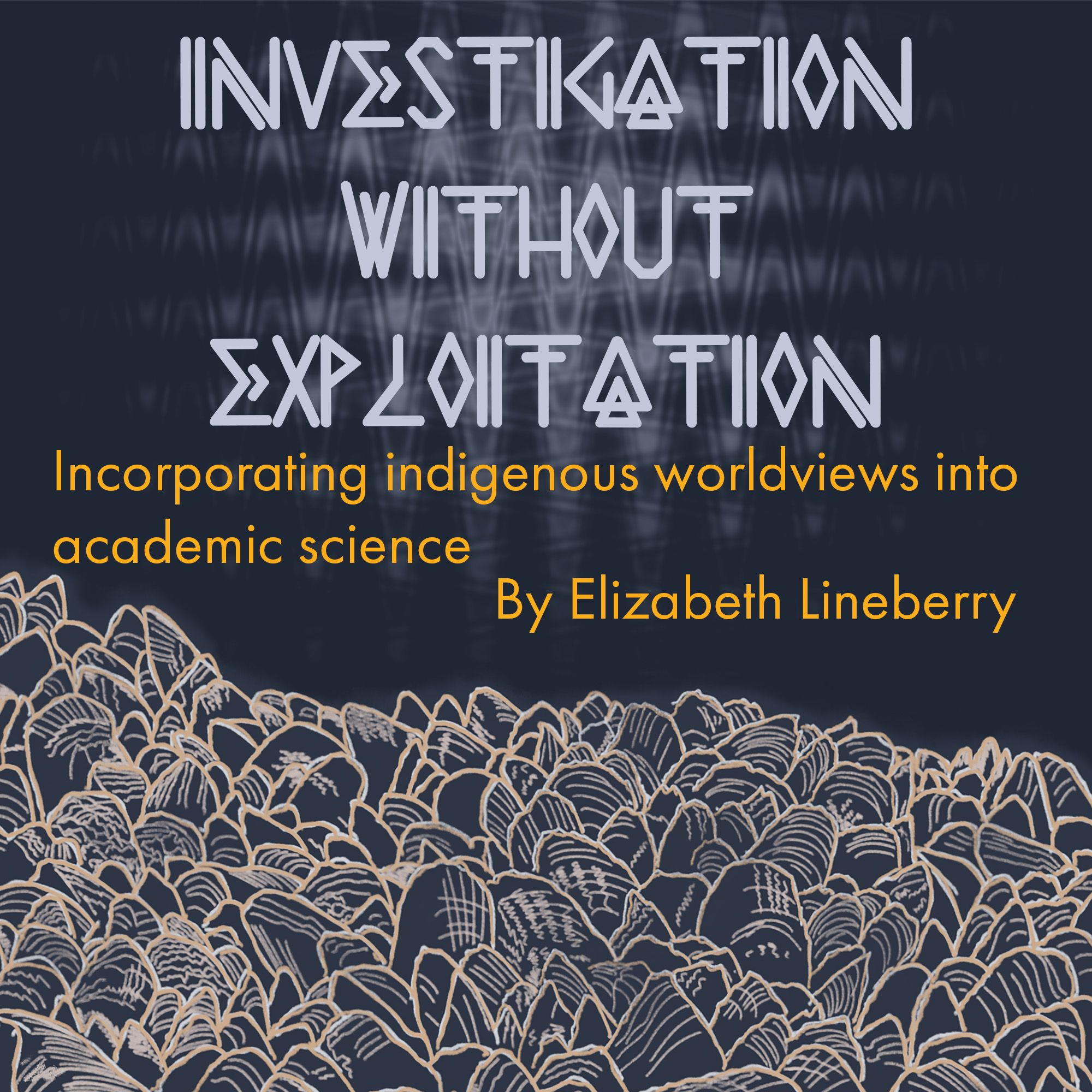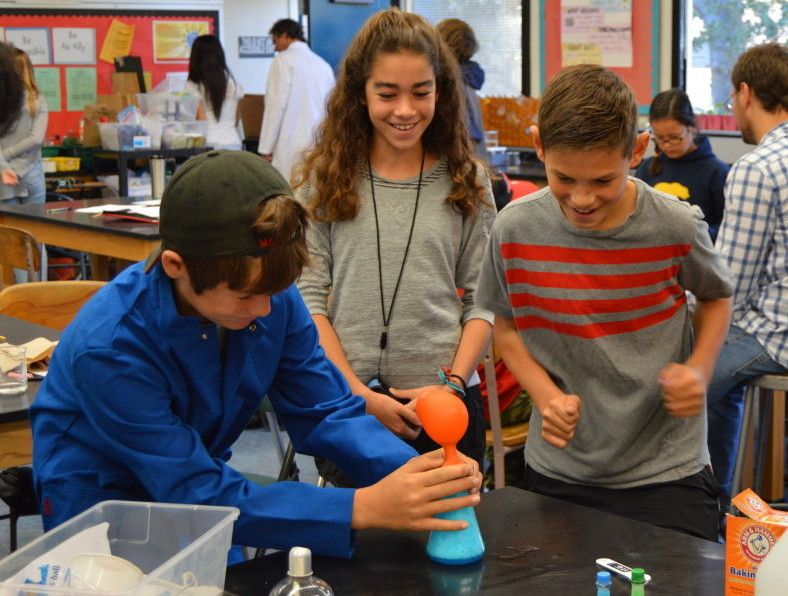
[caption id="attachment\\_13410" align="alignright" width="300"][](http://berkeleysciencereview.com/wp-content/uploads/2016/02/BAS3-e1454983191866.jpg) A student and mentor take their research on soda geysers outside.[/caption]
I have volunteered in a number of science outreach settings, from grade school classrooms to state fairs and children’s museums. Yet, those events only lasted for a few hours or maybe an afternoon, which did not allow me to establish any sort of rapport with the youngsters I met. As a graduate student instructor at Berkeley, I have realized that my favorite aspect of teaching is getting to know my students and watching them grow and learn over time. Consequently, I had been looking for an outreach program that would give me a similar opportunity.
I finally found what I was looking for with Be A Scientist. Be A Scientist is a relatively new program that inserts STEM graduate students into 7th grade classrooms in Berkeley. Graduate students mentor groups of 4-6 students once a week for six weeks. Unlike short outreach events during which all students perform the same experiment, Be A Scientist encourages each student to “discover his or her inner scientist” by choosing a question to investigate based on his or her own interests. The mentors then guide the 7th graders in designing, carrying out, and analyzing experiments to determine an answer.
I have to agree with my fellow mentor, Nicholas Esker, when he says that the most challenging part of the whole six weeks, “was trying to encourage the students to independently develop a testable experiment without directly influencing the design.”
On the first day, I met my four students. Two of them decided on questions that were pretty straightforward to refine, and one was really excited about the prospect of playing with dry ice. I too get really excited about dry ice, so I could work with that. However, the fourth student did not seem the least bit interested in the activity. My attempts to get the creative juices flowing were mostly met with ambivalent shrugs.
Until we started talking about movies.
Specifically, scary movies.
Then, the other students suddenly started chiming in with ideas. Through the brainstorming session, we settled on the question, “Does a scary movie soundtrack affect heart rate?” We would have a set of students watch a scary movie clip with sound, and the following week we would have the same set of students watch a different movie clip without sound. We would use a pulse monitor to record their response, with the expectation that the movie clip with sound would generate a faster pulse.
I thought this was an incredibly awesome idea but worried that the teacher (and parents) would not be thrilled about 7th graders watching horror films in class. Surprisingly, when I pitched the idea to the teacher, he was all for it. He told me that if the previously indifferent student was engaged and excited about it, to go ahead and make it happen.
Thus, I spent an entire Saturday evening filling my head with as many short horror films and movie clips as I could find. For science! Let’s just say I kept a few lights on that night.
Once the ideas and designs were settled, we set the students loose. The variety of experiments was astounding. Students grew plants, preserved food, taste tested, built things, broke things, tamed dry ice and liquid nitrogen, and tracked the optimal conditions for a skateboard ollie, just to name a few.
Despite the sense of barely controlled chaos, these weeks were by far the most rewarding. As recounted by Allegra Liberman-Martin, “The best part of the program was seeing how excited the students were while they were collecting data for their experiments. They weren't always thrilled about the lead up of writing the procedure, making data tables, etc., but they were all energetic during their experiments. Even my most skeptical student had fun when she finally got to measure how much weight her different designs of popsicle stick bridges could hold, especially when the bridges broke and hundreds of tiny weights fell all over the ground.”
Thinking back, did I successfully teach my students how to become scientists? In regard to technical skills like knowing the difference between dependent and independent variables, the importance of controls, and when to use a bar graph versus a pie chart, yes, I believe I did helped them mature as scientists in that way. Though I would also argue that my 7th graders helped me to rediscover my inner scientist too.
The Oxford Dictionary defines a scientist as a person who is studying or has expert knowledge of one or more of the natural or physical sciences, but being a scientist is more than possessing a special skill set and an advanced degree. Those are simply byproducts. Working with the 7th graders reminded me that the spirit of a scientist consists of wonder, curiosity, discovery, excitement, and a desire to learn.
Being a scientist is about having fun!
If you are interested in participating with Be A Scientist, they are currently recruiting for their next cycle, which runs from March 10th-April 29th at Willard Middle School in Berkeley. If you have any questions or want to get involved, contact Elise Zolczynski at admin@crscience.org.
